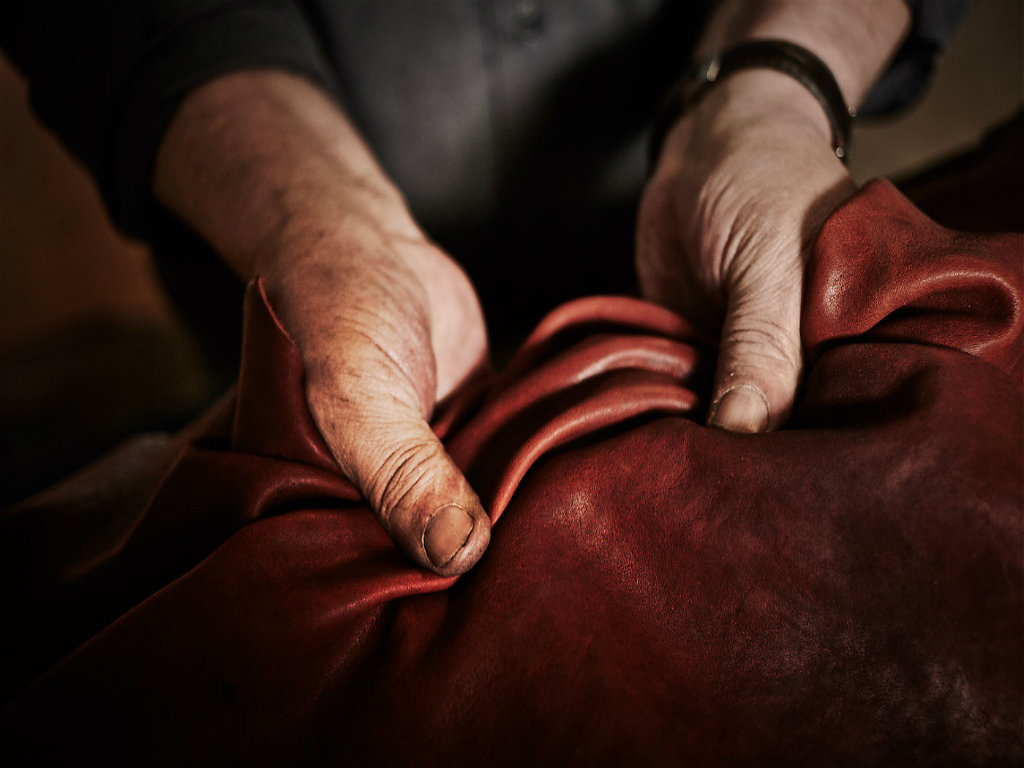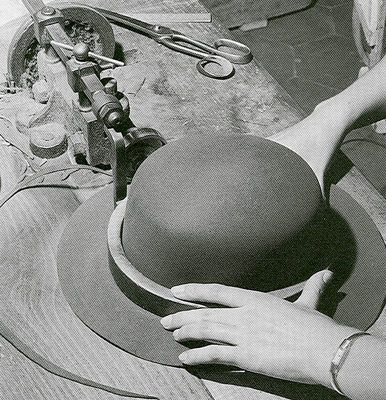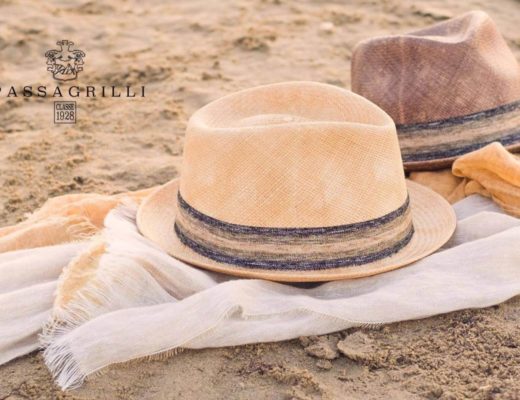Marche region: a region in the plural, a region of multiple aspects.
From north to south, from east to west, there are several handcraft experiences spread all over this territory. They range from high-level tailoring to the tanning of the leather and from the workmanship of hats to shoes. In this article we’ll talk about the leather treatment, specifically the tanning process, an ancient process that dates back to prehistoric times.
The tanning business in the Marche Region, is strongly localized in Macerata area. Here, natural resources such as rivers, flocks and herds for the leather and the production of materials rich in tannin support the development of this activities.
The tanning process is developed mainly through 5 phases: conservation, riviera, tanning, post-tanning and finishing. In the conservation phase the raw leather is pre-treated with marine salt. Thus we preserves it from the attack of microorganisms and bacteria.
Then follows the riviera phase, evocative name remained unchanged through the centuries. In antiquity this preparatory phase for convenience was carried out on the banks of the rivers. In fact the leather had to absorb some of the water lost during conservation process. Once the leather is ready, it is inserted in large wooden containers which rotate mechanically on themselves with water, lime and other elements in order to dissolve hairs. Once it is prepared for the tanning, it is horizontally cut in two layers and the rough parts are discarded.
The tanning phase is the core of the whole leather treatment process. It is designed to transform the leather, a perishable material, into something not alterable in time. The leather, inserted again in wooden containers, is impregnated with chemicals or plant substances that prevent the decomposition without changing its flexibility.
After tanning, following a series of treatments that improve the appearance of the leather sheet. Specifically, pressing to remove excess liquid, shaving to even out the thickness, dyeing and fattening in order to give a natural tone to the leather and make it soft and supple.
Finally the step of finishing (mechanical or chemical) during which the leatheracquires gloss and desired colour.
By Anastasia Nicu for ModaItaly News




